The dark skies of the wilderness are perfect for stargazing. Use the photo below to help you identify the lights in the night sky.
Little Dipper
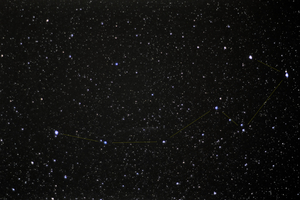
This photo was taken by Flickr user theilr and licensed under the Creative Commons.
The North Star is the tip of the handle of the Little Dipper. The Ursa Minor constellation lies in the northern sky, its name means “the smaller bear.”
Big Dipper
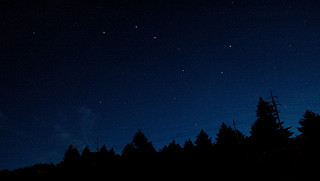
This photo was taken by jkbrooks85 and licensed under the Creative Commons.
Look for the Big Dipper in the northern sky. It looks like a big spoon, with four stars making up the bowl and three more making up the handle.
Venus
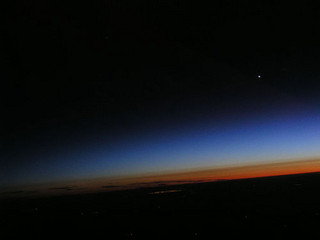
This photo was taken by Flickr user inajeep and licensed under the Creative Commons.
Even though it’s not a star at all, Venus is often called the wishing star because it’s the first starlight to appear in the sky at dusk.
Milky Way
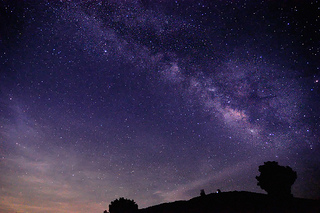
This photo was taken by Flickr user Robert Hensley and licensed under the Creative Commons.
Best seen from very dark areas, look up and find a cloud-like band across the sky—it’s made up of about 300 billion stars.
North Star
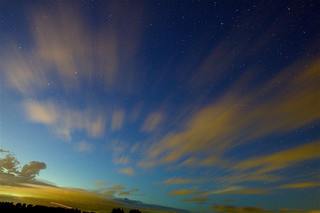
This photo was taken by Flickr user davedehetre and licensed under the Creative Commons.
Once you find the Big Dipper, draw a straight line through the two stars at the end of the bowl. Follow that line until you hit a very bright star, which is the North Star, or Polaris.
More Resources
All the Sky – A Photographic Field Guide
The Night Sky App for Apple or Android
Constellation Guide: A Guide to the Night Sky
This digital extra accompanies an article that originally appeared in Canoeroots & Family Camping, Summer / Fall 2013. Download our free iPad/iPhone/iPod Touch App or Android App or read it here.



